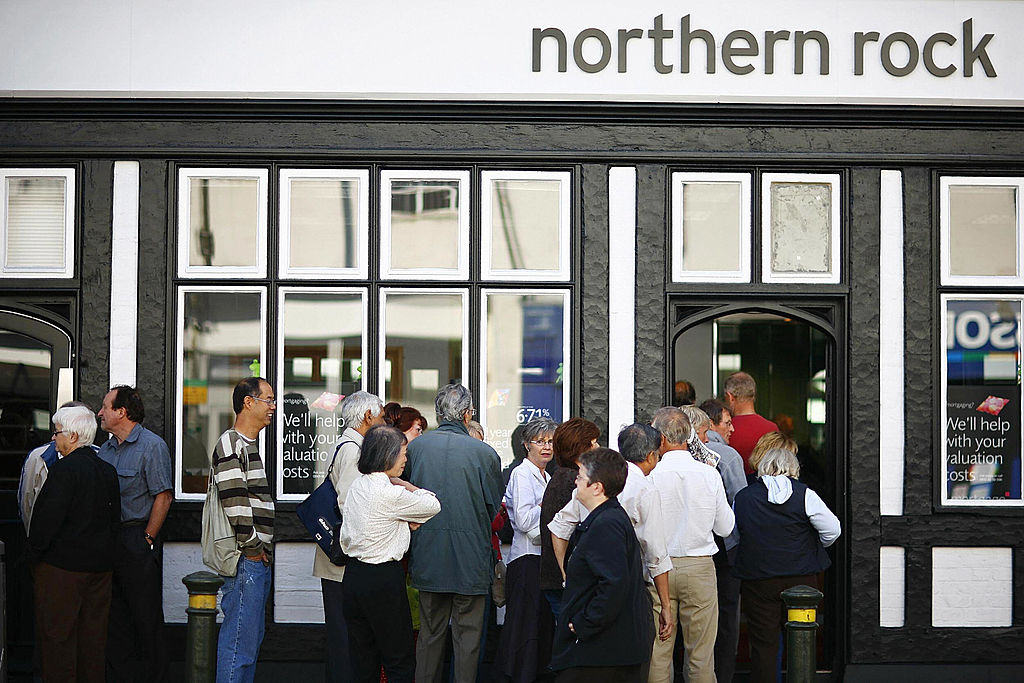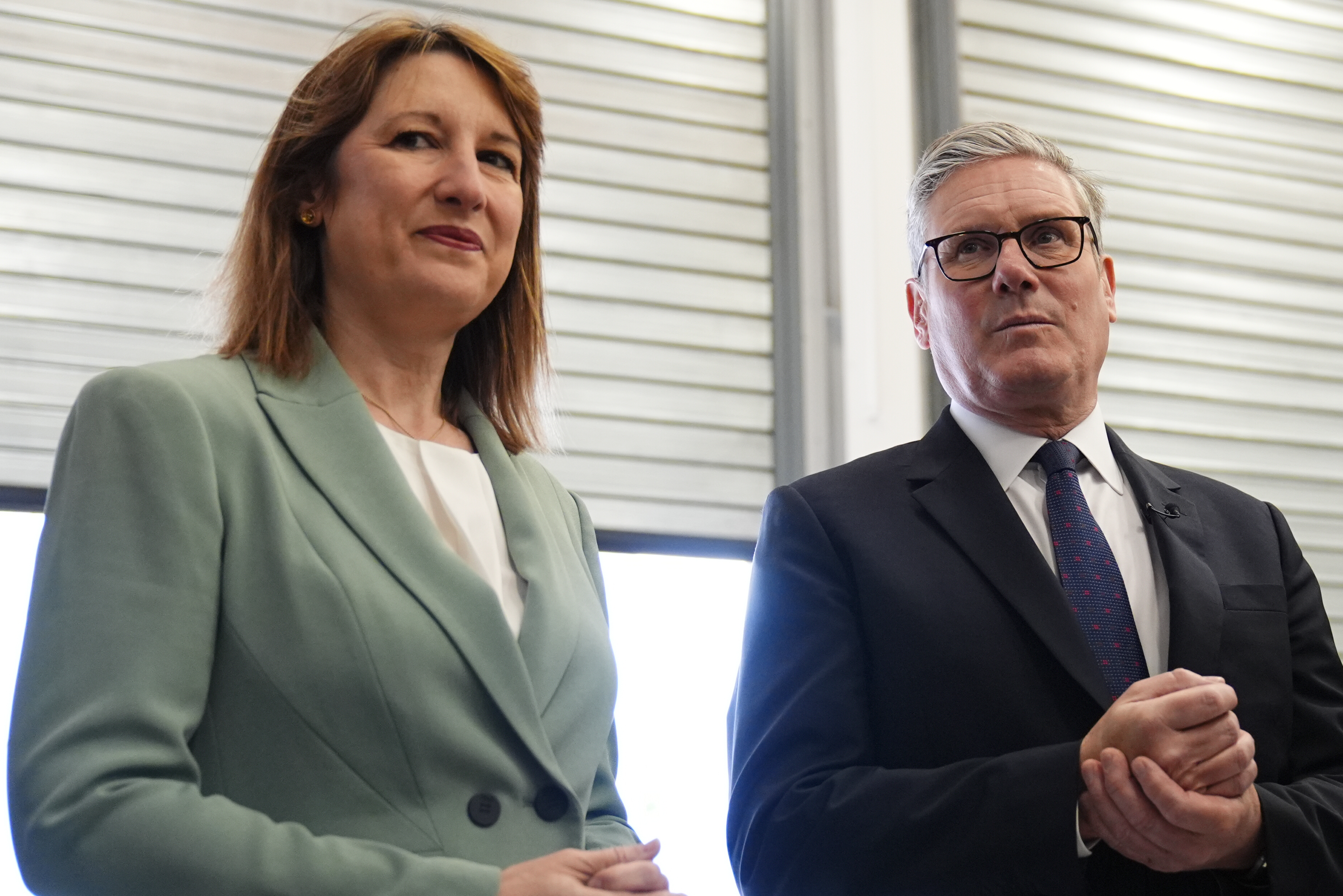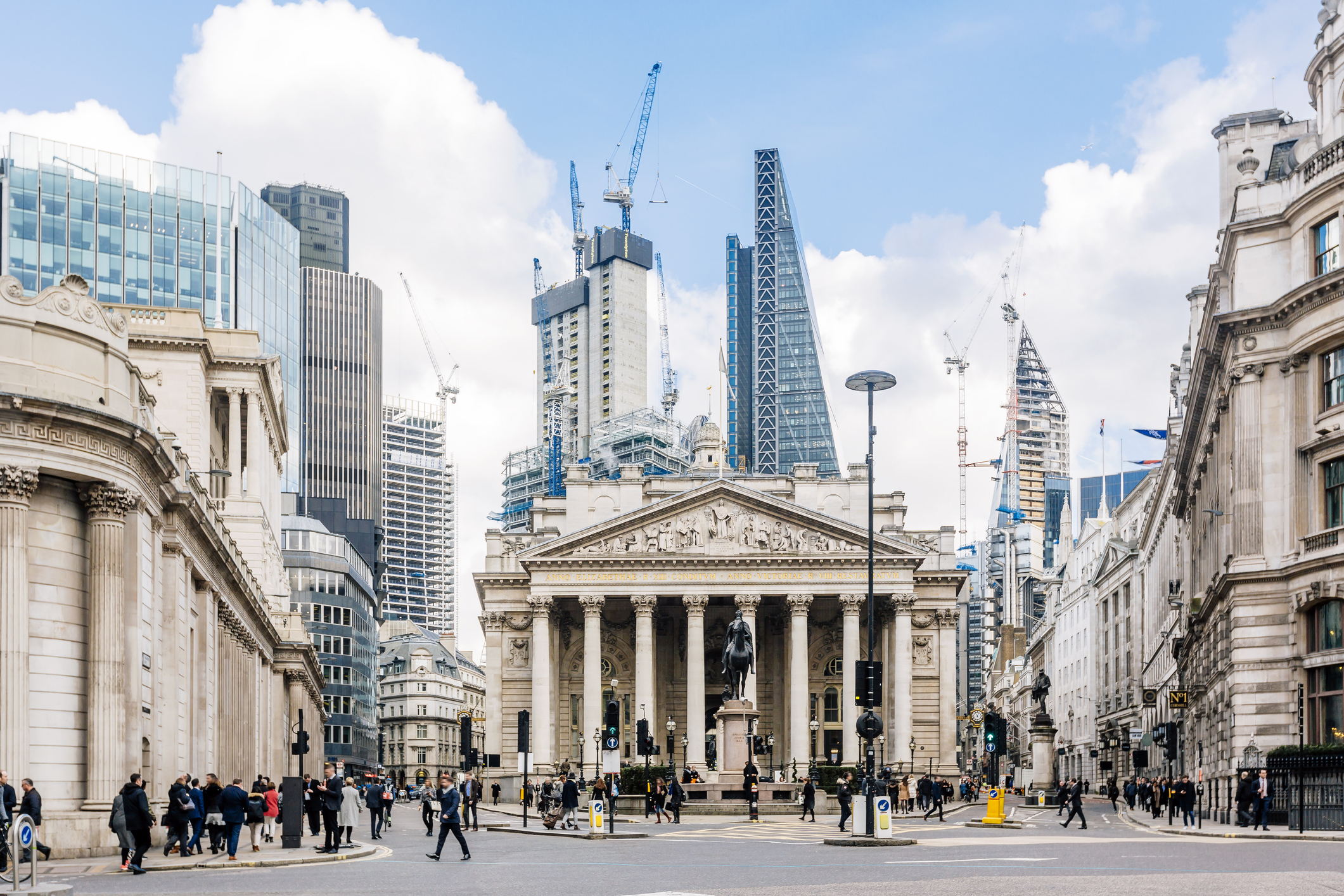Too embarrassed to ask: what is the difference between monetary policy and fiscal policy?
Governments and central banks have two main tools for influencing a country's economic growth: monetary policy and fiscal policy. But what are they, what is the difference, and how do they work?
When it comes to influencing economic growth in a country, the authorities are considered to have two main levers. These are monetary policy and fiscal policy.
Monetary policy is managed by central banks who aim to meet economic goals set by governments. They do this by influencing the amount of money circulating in the economy. For example, most central banks, including the Bank of England, are asked to target a specific level of inflation. This is usually around 2%. By the way, there is no specific rationale behind the 2% target; it’s just generally viewed to be roughly the “right” amount of inflation for most developed economies.
The central bank influences the cost of borrowing by raising or cutting interest rates, or printing money to buy government bonds and other assets. In theory, when it’s cheaper to borrow money and less rewarding to save, people and companies will invest and spend more. That boosts growth, which should eventually drive up inflation. If inflation gets too high, the central bank raises interest rates. That raises the cost of borrowing and encourages saving over consumption, which should slow growth and choke off inflation.
MoneyWeek
Subscribe to MoneyWeek today and get your first six magazine issues absolutely FREE

Sign up to Money Morning
Don't miss the latest investment and personal finances news, market analysis, plus money-saving tips with our free twice-daily newsletter
Don't miss the latest investment and personal finances news, market analysis, plus money-saving tips with our free twice-daily newsletter
Fiscal policy, on the other hand, refers to the tools used by governments to influence the economy. Governments can raise and lower taxes. They can also direct spending at specific industries or groups of people. Fiscal policy is more targeted and arguably more powerful than monetary policy. But clearly, it is also more political. It creates winners and losers in a much more explicit manner than monetary policy.
One core feature of economic management in the late 1990s and the run-up to the 2008 financial crisis was an increasing reliance on monetary policy to smooth over ups and downs in the economy. In effect, governments delegated macro-economic management to their central banks. Nobody really complained because most economies seemed to be pottering along merrily. However, the 2008 financial crisis shattered that illusion. Since then, economic growth has been weak, while at the same time soaring asset prices have fueled a perception of growing inequality. Faith in monetary policy has been eroded.
Meanwhile, fiscal policy – such as subsidising wages – is now being used to tackle the effects of pandemic lockdowns. This is likely to last long beyond Covid, and has some serious implications for investors. To learn more about this huge political and economic shift, subscribe to MoneyWeek magazine.
Get the latest financial news, insights and expert analysis from our award-winning MoneyWeek team, to help you understand what really matters when it comes to your finances.
MoneyWeek is written by a team of experienced and award-winning journalists, plus expert columnists. As well as daily digital news and features, MoneyWeek also publishes a weekly magazine, covering investing and personal finance. From share tips, pensions, gold to practical investment tips - we provide a round-up to help you make money and keep it.
-
 Why pension transfers are so tricky
Why pension transfers are so trickyInvestors could lose out when they do a pension transfer, as the process is fraught with risk and requires advice, says David Prosser
-
 The political economy of Clarkson’s Farm
The political economy of Clarkson’s FarmOpinion Clarkson’s Farm is an amusing TV show that proves to be an insightful portrayal of political and economic life, says Stuart Watkins
-
 Why Scotland's proposed government bonds are a terrible investment
Why Scotland's proposed government bonds are a terrible investmentOpinion Politicians in Scotland pushing for “kilts” think it will strengthen the case for independence and boost financial credibility. It's more likely to backfire
-
 How have central banks evolved in the last century – and are they still fit for purpose?
How have central banks evolved in the last century – and are they still fit for purpose?The rise to power and dominance of the central banks has been a key theme in MoneyWeek in its 25 years. Has their rule been benign?
-
 Buying vs renting: is is better to own or rent your home?
Buying vs renting: is is better to own or rent your home?The higher mortgage rates of recent years have actually made renting comparatively cheaper, analysis suggests. But there are hidden costs to long term renting.
-
 Is Britain heading for a big debt crisis?
Is Britain heading for a big debt crisis?Opinion Things are not yet as bad as some reports have claimed. But they sure aren’t rosy either, says Julian Jessop
-
 Why investors can no longer trust traditional statistical indicators
Why investors can no longer trust traditional statistical indicatorsOpinion The statistical indicators and data investors have relied on for decades are no longer fit for purpose. It's time to move on, says Helen Thomas
-
 What's behind the big shift in Japanese government bonds?
What's behind the big shift in Japanese government bonds?Rising long-term Japanese government bond yields point to growing nervousness about the future – and not just inflation
-
 How will markets react to the next Bank of England rate decision?
How will markets react to the next Bank of England rate decision?The Bank of England is due to announce its latest interest rate decision on Thursday, 2nd November, but how will markets react?
-
 Halifax: House price slump continues as prices slide for the sixth consecutive month
Halifax: House price slump continues as prices slide for the sixth consecutive monthUK house prices fell again in September as buyers returned, but the slowdown was not as fast as anticipated, latest Halifax data shows. Where are house prices falling the most?


